How to set an intention for a specific group of students
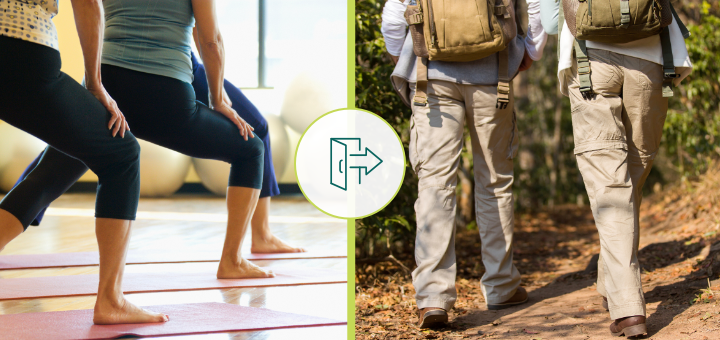
When my son was about five years old, I made a point of finding some after-school activities for him to do. We were lucky that there were plenty of choices within walking distance from where we lived – swimming, ballet, foreign languages, karate, and even a yoga studio specifically for kids (pretty amazing if you ask me :)). In the course of the year, he went to karate, swimming, and yoga. Here is what I found pretty remarkable comparing those three activities: the first two aimed to teach him a skill with clearly defined goals, milestones, and rewards, while yoga was mostly fun. Yoga felt less purposeful. The difference in approach was reflected in both the price of those services (yoga was much cheaper and didn’t involve a membership) and our attitude toward them (it was easy for us to skip yoga because he wouldn’t miss any important milestones).
As I reflect on this now, it pains me because I want my yoga teacher peers to succeed in their businesses, and the students, young and old, who come to yoga classes, to learn something tangible. It doesn’t mean that students don’t learn things in drop-in yoga classes, but it is harder for them to progress in any sense of the word because there is usually no specific goal or roadmap for getting there. That’s why I personally prefer teaching yoga for specific populations and/or topics rather than general yoga classes. Classes like that tend to have a clear purpose, which means that students are more likely to be motivated and committed to the entire process. And I usually teach those classes in series, which means that each practice builds on the previous one. This enables students to experience actual progress, get much further in their studies, and be more successful in integrating those lessons into their daily lives.
Today, let’s begin to explore how to set an intention for a specific population of students. There are different ways to do it, and we will use the examples of two very different groups of students (hikers from a hiking club and pregnant women) to illustrate it.
When we design a yoga class for a specific group of students focused on an activity (hiking, gardening, golfing, sitting at the computer, driving long distances, etc.), we usually begin by asking ourselves – what does the student hope to experience while engaging in the activity? An office worker wants to be productive; a gardener wants to enjoy the process and the fruits of her labor; a hiker expects health benefits and pleasant surroundings; a driver wants to get to his destination safely and with minimal body stress; and so on. It’s very useful to ask your students what kind of experience they treasure most when they engage in an activity, which will inform your planning. The yoga practices you design need to support their experience and enhance it.
Then, we usually analyze the activity itself from the perspective of physical, energetic, and mental demands. Ask yourself – what is required from any person to engage in this activity?
1. What are the physical demands on the body?
- Which body parts get used the most, and in what way?
- Which parts of the body can potentially be compromised?
- Is there cumulative stress from repetitive actions?
- Is there a way to make an activity less stressful for the body (For example, taking breaks during car rides, paying attention to body positioning during gardening, using core musculature and proper form when playing tennis, etc.)?
2. What are the energetic demands of the activity (is it a high-intensity activity with lots of movement or a more mellow/ sedentary activity)?
3. What are the mental demands of the activity (does it require additional concentration and mental focus)?
Now, let’s answer those questions about our students from the hiking club.
1. What do they enjoy most? Most of them hike because they see it as a more enjoyable exercise that is less impactful on the joints. They appreciate getting out into nature, breathing fresh air, and spending time with other folks who enjoy the same things.
2. How does yoga fit in? In short, their yoga practice needs to support their experience described above. It needs to prepare the body, protect it from injury, and make hiking, breathing, and socializing easier and more enjoyable.
From the physical perspective, our hiking students will need to strengthen their lower body, specifically their core, hips, knees, ankles, and feet. We need to take into account that they will be moving up and down hills, as well as sidestepping and navigating uneven surfaces, which means the yoga poses we choose for the hips and ankles will need to imitate those actions. We will also need to spend a considerable amount of time working on leg balance and core strength to minimize the risk of falling. If they use walking sticks, we can integrate those into the practice as well and do some work on upper body strengthening.
From the energetic perspective, hiking can be low-energy or high-energy depending on the difficulty of the hike based on terrain, elevation, length and individual student conditioning. We would need to focus on endurance and also deepening the breath so that they could enjoy all that fresh air on the hike.
From the mental perspective, hikers need to pay attention to what’s under their feet, as well as monitor their surroundings to avoid falling objects, poking branches, poison ivy, etc. We could work on sharpening their external awareness (maybe by working with their sensory input) and their body awareness (so that they know where each part of their body is in space).
And from the social perspective, we can create a space where the hikers can get to know each other better, welcome new members, discover commonalities between them, and just be able to connect with each other and celebrate their joint love of hiking.
Each one of those ideas can become an intention for practice (for example, hip abduction, deepening inhalation, or sensory awareness), or you can combine several of them together within one practice (for example, hip abduction + deepening inhalation + sensory awareness), depending on how much time you have and how many classes you intend to teach.
If you put all those intentions on a flyer and stick it on the community board of your local hiking club, you will be much more likely to get your potential students interested. It gives them a clear picture of what to expect and how this approach to yoga will help them with the activity they already love. It would be more effective in attracting students and meeting their needs than a general drop-in yoga class in the best yoga studio in town. It’s just more relevant to specific students. It also makes it easier for you as a yoga teacher to design those class series (or ongoing classes for hikers) because you’ll have a clearly defined agenda. Then, you can evaluate any pose, breathing practice, or focusing exercise from the perspective of “How will this be useful to my hikers?”
Those principles can be applied to any group of students focused on an activity, but they don’t work the same way for all populations.
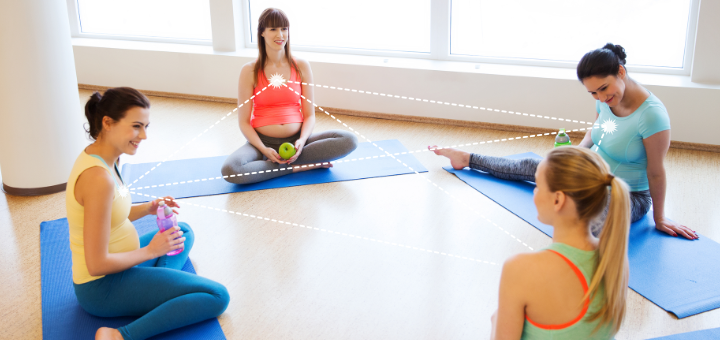
There are two main approaches to setting intentions for specific groups of students: from external to internal (as described in this article) and from internal to external.

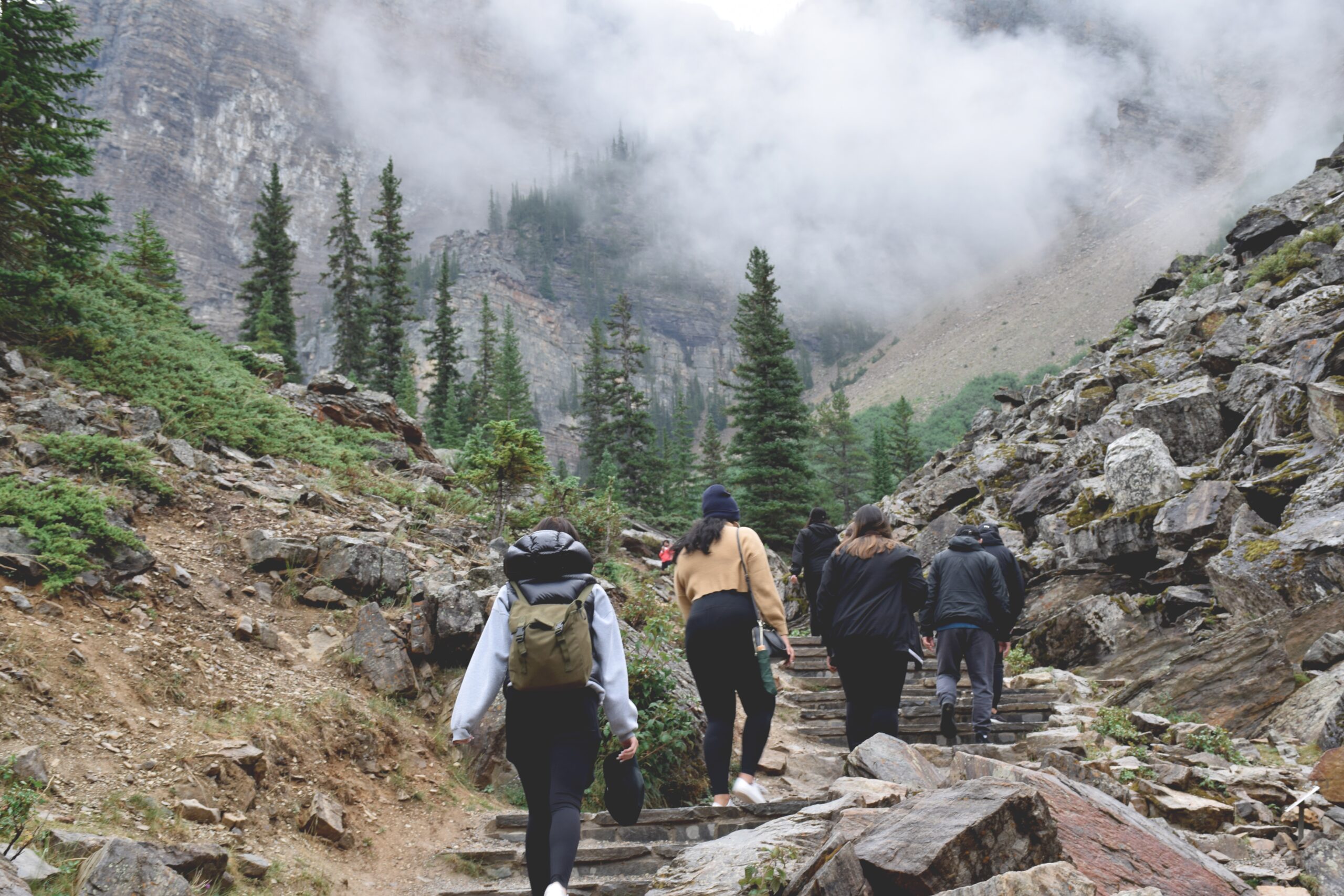





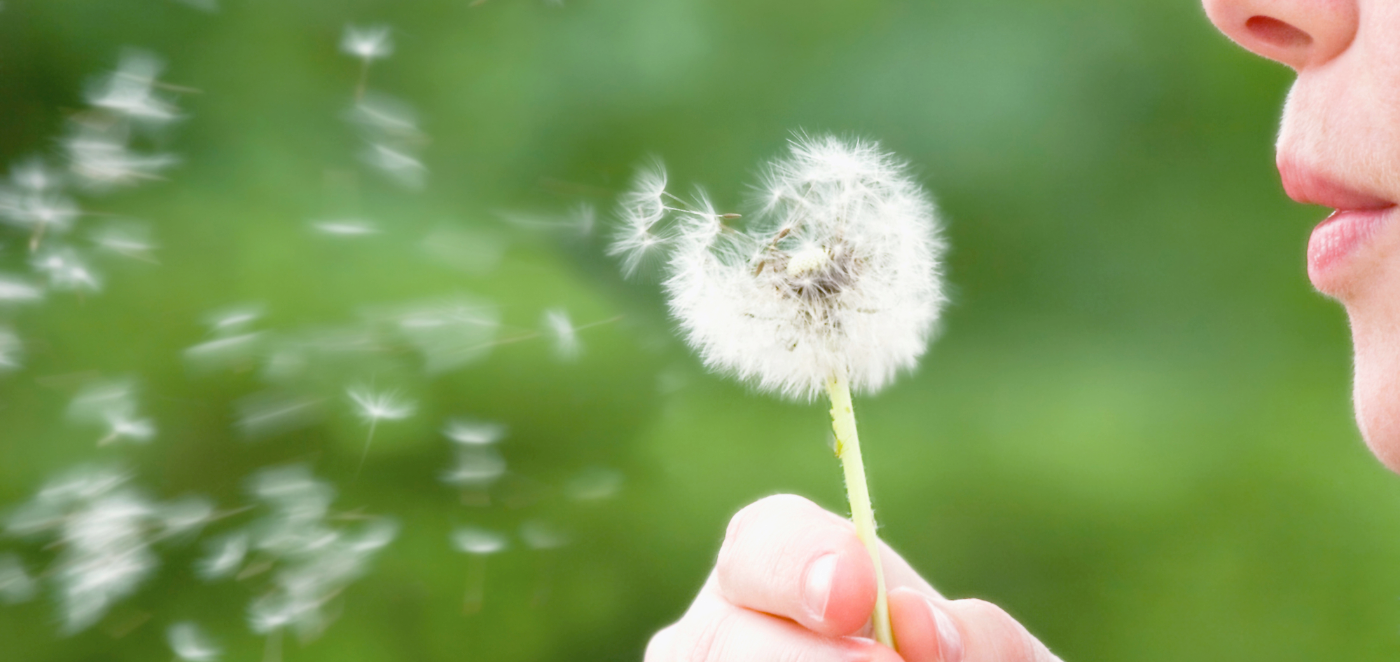
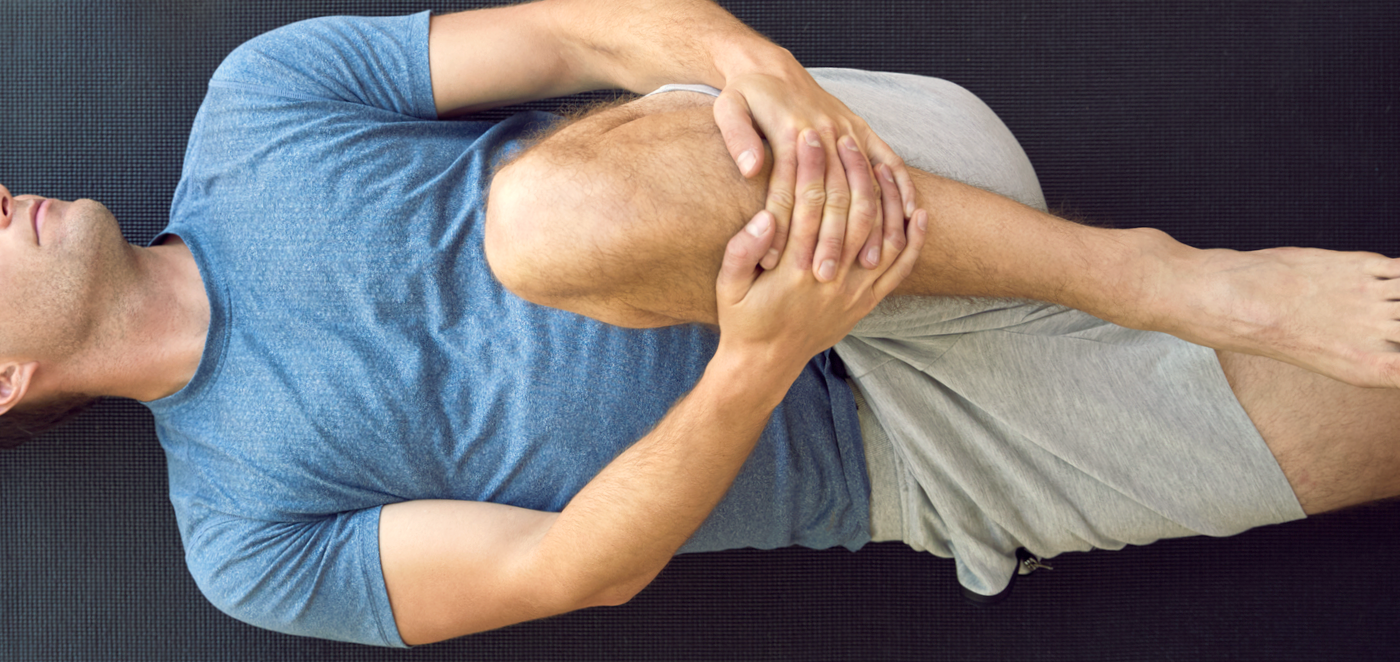

Hi Olga, I couldn’t agree more – I taught language classes for years and always had a clear intention around what the course was aiming to achieve, who it was aimed at etc. That informed the planning and the delivery, those who attended. When I began teaching yoga I naturally adopted the same approach and ran it as a ‘course’ rather than one-off lessons, with progress from week to week, follow-up notes for learners and some tasks to try at home. It’s a change of mindset though, and not without its challenges when people don’t see their yoga classes as a course, but more as a weekly ‘escape’ that they might occasionally miss. Others drop in for one-offs… but I personally get much more reward from having a group of practitioners together, learning from lesson to lesson and more able to set their own objectives, understand how what they want/need might be informed by their knowledge and may change according to how they feel on the day etc. Love reading your posts, thank you! Dan
http://www.brightelmstead.com/blog
Hi Dan, thank you for your comment! It makes perfect sense to me – I was trained as a teacher also, so may be it comes more natural to us 🙂 I agree, it seems to be a change of mindset; my hope is that more yoga teachers discover the advantages of this approach and all of us, teachers and students, benefit from it.
Simplesmente maravilhosa a sua matéria! Uma forma bem bacana de chamar a atenção das pessoas como o Yoga irá ajudá-los em sua atividade de caminhada. Na concepção das pessoas caminhar é super simples, fácil, mas não tem a visão de tão complexo pode ser. O Yoga é maravilhoso para esse tipo de atividade.
Gratidão
Obrigado Raquel!